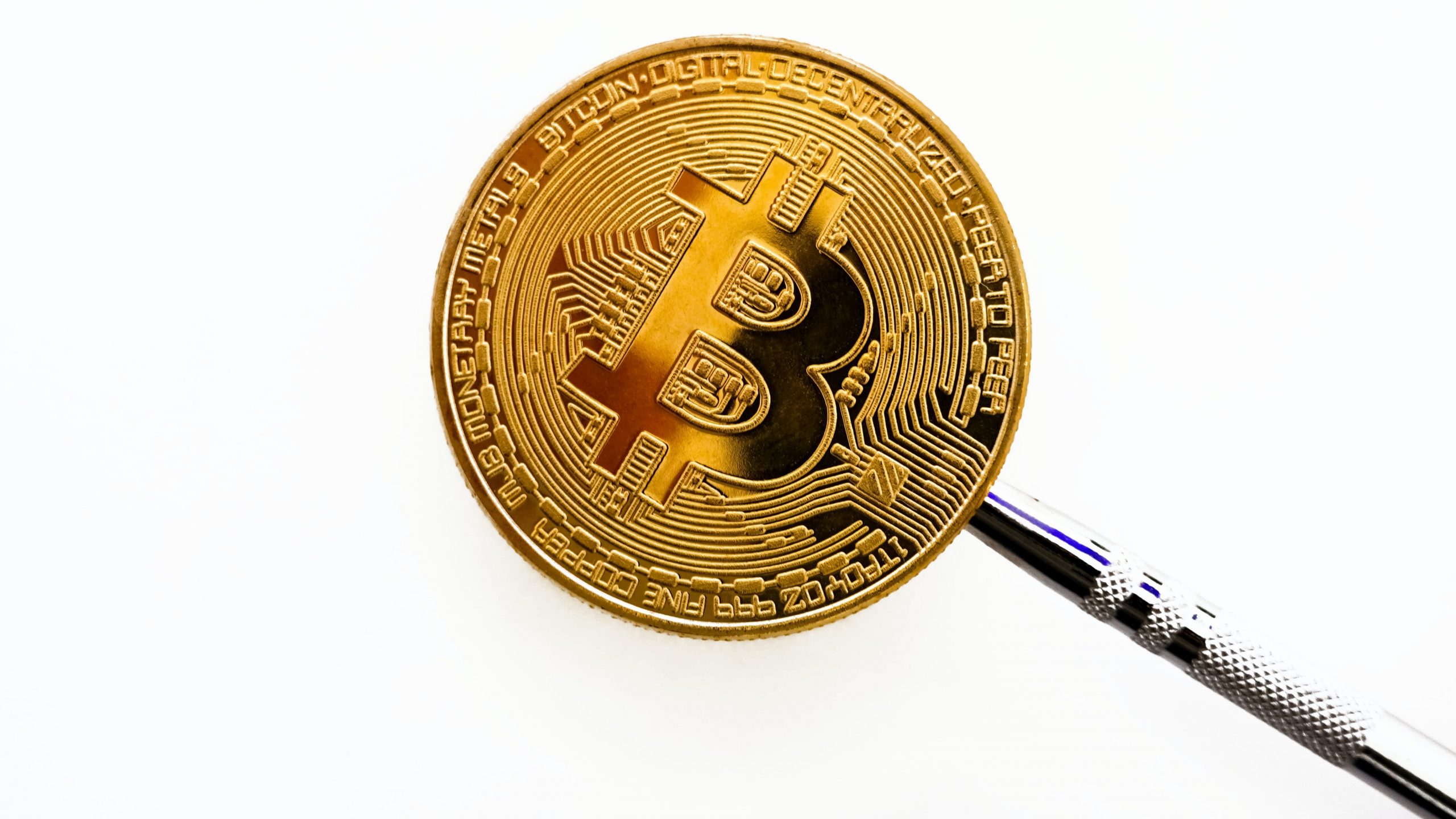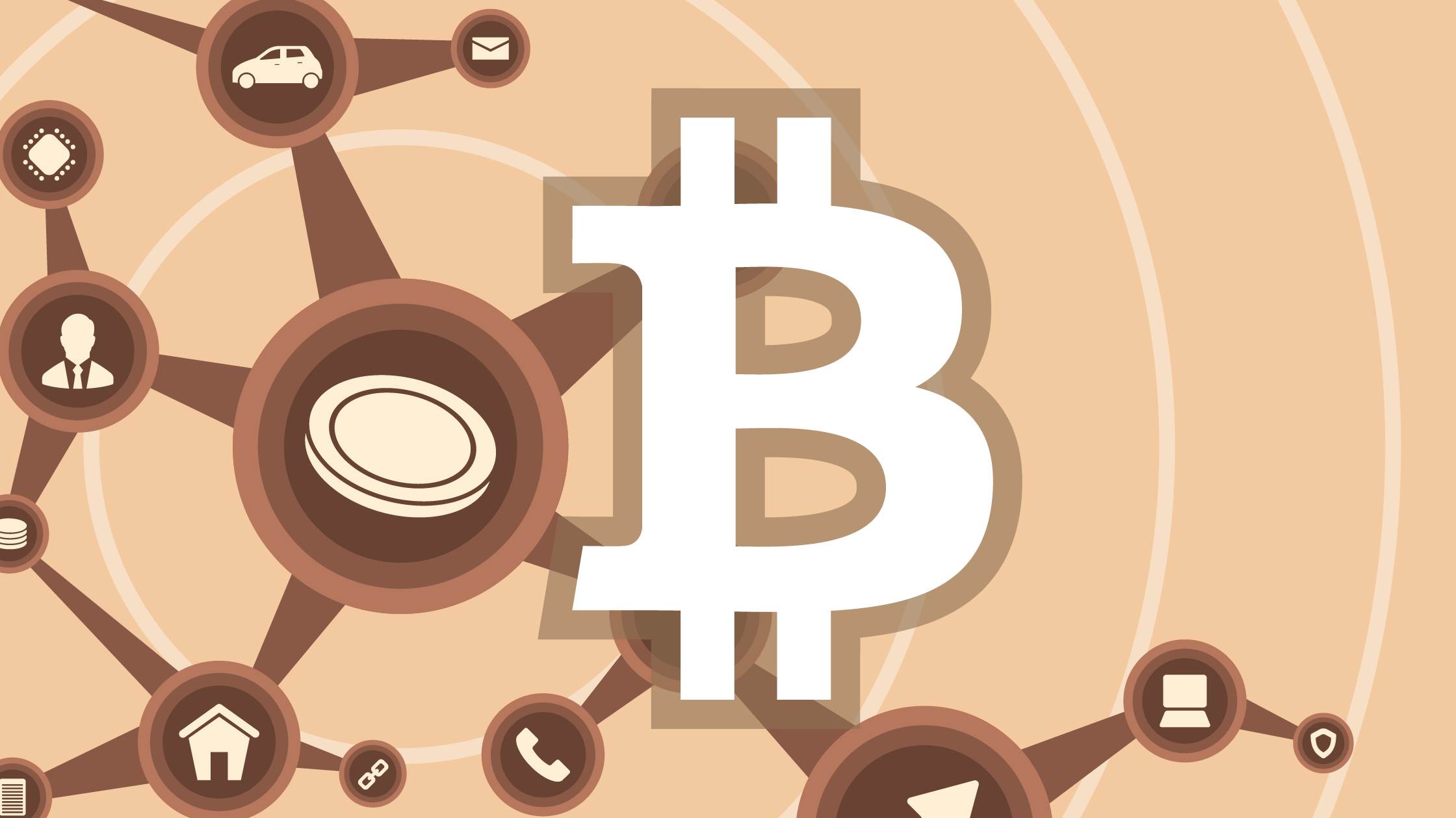The case for a financial digital asset framework for cryptocurrencies
The Atlantic Council’s GeoTech and GeoEconomics Centers analyze the United States regulatory landscape of decentralized financial digital assets and call for the U.S. Congress and regulators to provide more clarity regarding cryptocurrencies.
Current regulatory uncertainty around novel decentralized financial technologies such as cryptocurrencies stifles innovation, fails to protect consumers, and consequently weakens the United States’ standing in the world of global payments. To protect consumers and promote future financial innovation, Congress should:
- Define federal agency jurisdiction based on the specific technology and functionality of decentralized financial digital assets while accounting for the decentralized nature of crypto development;
- Provide guidance through legislation in key areas including governance, trade requirements, disclosure agreements, and cybersecurity standards;
- Incorporate flexible regulatory policy to account for the evolution of financial digital assets.
Clear jurisdictional boundaries, legislation on core principles of financial digital assets from Congress, and a flexible regulatory policy are all crucial for the effective governance of digital assets.

Introduction: Regulatory Uncertainty
The United States regulation of emerging digital financial technologies is in a state of uncertainty. This regulatory ambiguity was highlighted in the recent crypto tax provision in the Biden administration’s infrastructure bill, which included overly broad and vague language about the design of cryptocurrencies. Specifically, the language opened up a scenario in which cryptocurrency validators, miners, and software developers are unnecessarily required to report financial information to the government. A proposed amendment to clarify the language failed to pass, and as a result, greater clarity will need to be provided by the U.S. Department of Treasury and the U.S. House of Representatives. The provision exemplifies how the current environment stifles innovation and places consumers at unnecessary risk by attempting to integrate digital assets into a financial framework based on outdated technologies and functions.
This article will focus on decentralized financial digital assets built on distributed ledger technology, primarily cryptocurrencies, and the surrounding regulatory confusion. Financial digital assets refer to the way money can be stored, transmitted, and owned online. The initial challenge in regulating financial digital assets, as former Commodity Futures Trading Commission (CFTC) chairman Heath Tarbert acknowledged, is determining if a financial instrument is a security or commodity. This is particularly challenging given the decentralized nature of cryptocurrency. Current statutes and laws cannot determine which regulatory authorities have jurisdiction over digital assets, nor what the aim of their regulation should be. Still, a blanket crypto ban is no solution. Clear jurisdictional boundaries, legislation on core principles of financial digital assets from Congress, and a flexible regulatory policy are all crucial for the effective governance of digital assets.
However, three fundamental problems permeate the financial digital asset landscape. First, the lack of consistent regulation and agency oversight regarding disclosure requirements, consumer protection, and insider trading creates informational disadvantages for ordinary traders and developers. Second, uncoordinated action by federal agencies cannot address national security, tax enforcement, privacy, and other democratic values that should be embedded and protected within the U.S. financial digital asset system. Third, regulatory confusion surrounding digital assets has slowed down innovation. Clarifying the digital asset framework could help the United States maintain its global leadership in blockchain technology innovation and consumer protection.

Current Financial Digital Asset Framework
The current regulatory landscape struggles to implement and manage the decentralized structure essential for the use of cryptocurrencies. Traditionally, regulation of financial digital assets is centered around the Howey Test, which was established in 1946 by the U.S. Supreme Court. The key aspect of the Howey Test — and primary source of confusion in managing digital assets — is determining whether a transaction qualifies as an investment in which one party expects to receive future profits. Is the transaction an “investment contract,” and therefore a security? The Howey Test was created to manage securities that do not neatly fit into listed financial instruments. The Howey test, however, fails to distinguish between attributes of decentralized financial digital assets and may incorrectly categorize many decentralized assets as securities.
To help interpret the Howey Test, agencies consider how managers and issuers of the financial digital assets sell the product in question. Financial digital assets are often either centralized, with clear managers and issuers, or decentralized, with an asset that is completely independent. Decentralization, however, is not binary; it requires completing a step-by-step process that disintermediates the managers and issuers from control. If, in the process of decentralization, managers and issuers can still influence the success of the financial digital asset, the product could be classified as a security under the Howey Test. The difficulty in determining what constitutes a “sufficiently decentralized asset” has led to many regulatory problems. Most notably, the Securities Exchange Commission’s (SEC) ongoing lawsuit against Ripple. Additionally, given that blockchains are open-source technology, it is sometimes unclear who is influencing the success of the digital asset. If it avoids responsibility for creating new digital asset-specific rules, the SEC will face continued regulatory problems around decentralization in the future.
As the SEC lawsuit against Ripple demonstrates, the regulatory environment is geared towards reactive enforcement instead of proactive digital asset categorization. Most guidance comes in the form of singular enforcement settlements that provide temporary solutions. The SEC’s 75 enforcement actions against cryptocurrencies between 2013 and 2020 highlight how federal agencies have relied on precedent instead of top-down policymaking. Federal agencies’ proactive guidance addresses smaller and more individualized scenarios, which often come from their research hubs, press releases, and solicitations for public input rather than through official rulemaking. These tools and initiatives indicate what the agencies are looking into for regulation and their future research without deadlines for implementation.
Finally, while interagency collaboration is limited at present, it is slowly but surely increasing. For example, the SEC, Financial Crimes Enforcement Network (FinCEN), and CFTC issued a joint statement in 2019 to clarify anti-money laundering (AML) and countering financing terrorism regulations. The White House is also beginning to establish joint task forces between agencies including the SEC and CFTC to explore new territory for financial digital asset jurisdiction. As federal agencies lack established processes to collaborate on financial digital assets, future joint agency work will likely follow the pace set by the White House or Congress – making their initiatives essential.

Recommendations to create a digital asset framework for decentralized technology
Given current regulatory failures to address the evolving decentralized technology landscape, regulators and policymakers must first clearly categorize digital assets. Congress should demarcate agencies’ jurisdiction of financial digital assets based on specific attributes and functionalities. Managing financial digital assets varies depending on factors including whether a transaction is fully decentralized, how it is performed, and whether it occurs on a permissionless platform, among other criteria. To prevent vague regulation, policymakers must understand how design features change across financial tools built on blockchain technology (e.g. cryptocurrencies, stablecoins, decentralized finance). Once clear digital asset categories are created, federal agencies will be able to better direct enforcement towards specific technologies’ design and functionality.
Second, Congress should provide guidance for the principles of decentralized technology by establishing core principles in areas including cybersecurity, governance, informational disclosures, trade requirements, and risk management, as well as AML and know-your customer laws (KYC). Agencies should then determine how to best implement the core principles proposed by Congress to promote values of transparency, consumer protection, innovation, and accessibility relevant to digital assets. Congress’s legislation for crowdfunding and the futures industry provides a good template moving forward. By establishing overarching legislation, Congress builds a strong base for agencies to implement effective regulation and enforcement strategies. This step requires Congress to gain a better understanding of cryptocurrency, its design, and instances of use—an ongoing process.
Lastly, policymakers should design a flexible regulatory framework accounting for rapid technological innovation. This framework should involve regulatory leniency for early-stage developments. A rigid regulatory framework will be unable to keep up with new and unforeseen technology models—resulting in the same challenges faced today. For example, it is currently difficult to balance the tradeoffs between ease of use and user safety. Oversight of new technology is inherently difficult. However, as we tackle emerging issues such as crypto exchanges, decentralized finance, custodianship, digital asset exchange-traded funds (ETFs), and stablecoins, we must look towards the solution that maintains the integrity of the technology while also mitigating harm done to consumers. Additionally, policymakers should refrain from implementing policies that promote certain decentralized technologies over others (e.g. the initial Warner-Sinema-Portman amendment to the infrastructure bill). Effective regulation is essential because, while some countries and individuals have sought to outright ban cryptocurrency, this fails to appreciate the wider applications of the technology beyond serving as a store of value, unit of account, and medium of exchange. A sweeping ban of decentralized technology without substantiated reasoning in the U.S. will hinder financial innovation for the decades to come.

Fostering a robust and competitive digital asset market
Clear regulation will create a more competitive digital asset environment that can provide better services to businesses and consumers, and promote financial inclusion. Few companies have the wherewithal to be compliant in multiple states, which maintain varying degrees of regulatory authority — to say nothing of variance in federal and international regulation. As a result, even when companies attempt regulatory compliance in good faith, they take on an inordinate amount of risk of breaking the law. Additionally, it is difficult to identify areas of potential misuse if the regulatory standards are not clear or consistent. This leaves consumers vulnerable and may prevent their entering the digital asset market altogether. A well-defined regulatory environment, alternatively, will facilitate consumer engagement and transparent company policies.
Most critically, coherent digital asset regulation will enable the United States to guide global standards for blockchain innovation on the international stage at a critical point in their development. Nations are actively constructing their digital asset framework to boost their economy or advance geopolitical objectives. 81 countries, for example, are exploring a central bank digital currency. Given the lack of regulatory clarity in the United States, many creators of digital assets have avoided the U.S market altogether. To remain a hotspot for blockchain innovation, the United States should expand digital asset categorization and create a principled framework. The result: a more robust and competitive digital ecosystem that features both centralized and decentralized options for businesses and individuals in the United States and on the global stage.
Matthew Goodman is currently an intern at the Atlantic Council GeoTech Center. He is a junior at Middlebury College where he studies Economics and Philosophy.
Nikhil Raghuveera is a nonresident fellow at the Geotech and GeoEconomic Centers. The views, thoughts and opinions expressed here are the author’s alone and do not necessarily reflect or represent the views and opinions of any affiliated organization.